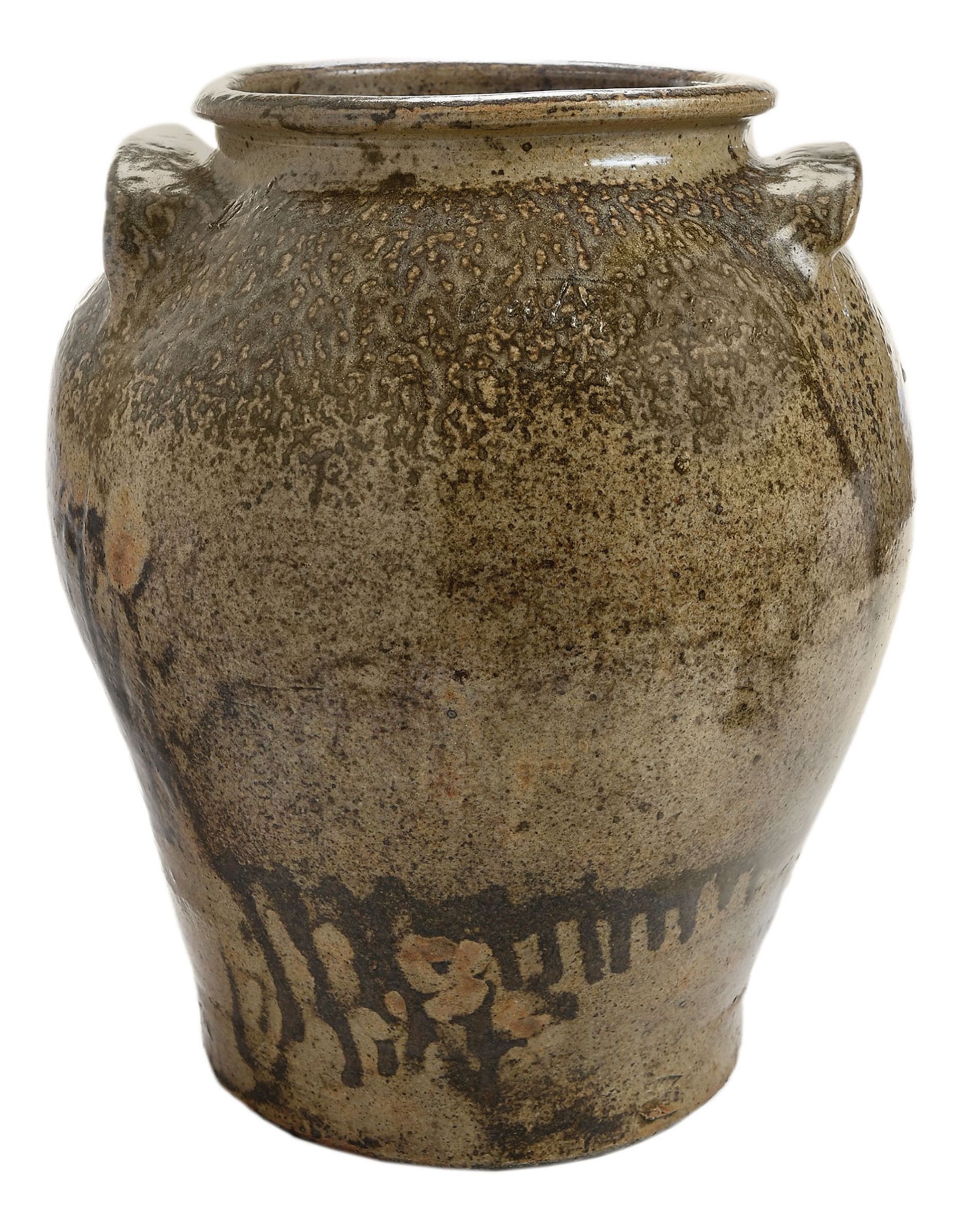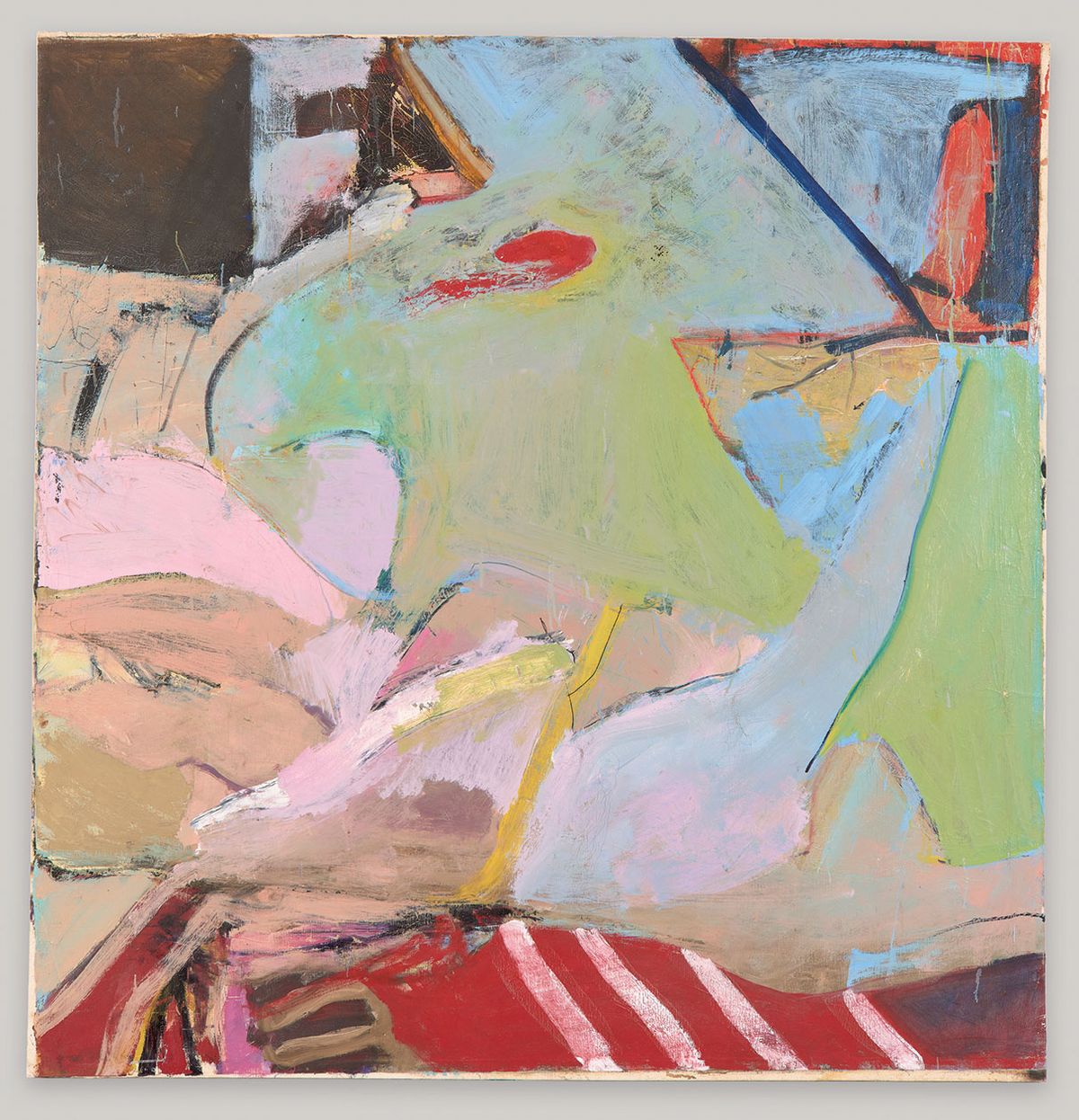Even as the Covid-19 pandemic took an enormous toll on US art museums in 2020, forcing many to close their doors for months and make painful staff layoffs, several quietly continued to collect art. They mainly drew on earmarked acquisition funds that cannot legally be used for other purposes, given the terms of the original donors’ gifts and the laws that govern non-profits.
Most of the country’s great encyclopaedic art museums have these restricted acquisition funds, including the Metropolitan Museum of Art in New York, the Cleveland Museum of Art, the Minneapolis Institute of Art, the Art Institute of Chicago and the Museum of Fine Arts, Houston (MFAH). So do some mid-sized museums, whether the Asian Art Museum of San Francisco or the Museum of Contemporary Art Chicago.
The Met spent around $30m of these funds last year to buy works ranging from important Old Masters paintings such as Johann Liss’s The Temptation of Saint Mary Magdalen (around 1626) and Clara Peeters’s A Bouquet of Flowers (around 1612) to a series of painted wood reliefs by Lygia Pape called Book of Night and Day (1963-76). (The museum’s overall endowment tops $3bn but the institution declined to provide a figure for its restricted acquisition funds.) The MFAH drew around $22m from an acquisitions endowment of $494m in 2020 to finance site-specific works by Cristina Iglesias, Carlos Cruz-Diez and El Anatsui, among others.

The Fine Arts Museums of San Francisco paid $369,000 for this jar by the enslaved African American potter David Drake Brunk Auctions
And the Fine Arts Museums of San Francisco (FAMSF), which spent $3.1m on art thanks to a $63m acquisitions endowment, set an auction record in November for the enslaved African American potter David Drake by paying $369,000 against an estimate of $40,000-$60,000 at Brunk Auctions for a large inscribed jar made in 1834.
Still, museum collecting looks a lot different these days. Not only has there been a greater focus on women and artists of colour, but acquisitions have unfolded more quietly than usual for fear of seeming insensitive to the financial suffering of staff and visitors alike. Far less common are the press releases announcing major purchases. Museums are in the unusual position of downplaying instead of promoting their acquisitions.
“It is imperative to reiterate that these acquisition funds cannot be used for other purposes,” Thomas Campbell, the director of FAMSF, says. “We are doing everything in our power to retain as much of our full staffing as possible during these trying times, so I want to avoid any confusion on that front.” (The process for modifying restrictions for such funds varies from state to state but could require the involvement of the courts and the attorney general, as well as the original donors or their heirs.)
“Our acquisition activity in 2020 has been significantly reduced as the institution is addressing the pressures from the pandemic,” says Max Hollein, the director of the Met. “The limited amount of works acquired were mostly those purchases that were already in process prior to the pandemic” or “made with designated acquisition funds”, he says.
Some museum directors declined to speak on the record, with one explaining that the institution was preparing for another round of staff furloughs or layoffs, and acquisitions were clearly not the priority.
The Met has announced the funding of a new $10m endowment devoted to the acquisition of 20th- and 21st- century works by BIPOC artists
In a few cases, on the other hand, 2020 acquisitions seemed particularly strong because of a new building project initiated well before the pandemic. The MFAH opened its Kinder Building this autumn, completing a decade-long $385m campus expansion by the architect Steven Holl. “All modern and contemporary acquisitions in 2020, and for many years now, have been tied to the installation of the Kinder Building,” says museum director Gary Tinterow.
The Asian Art Museum of San Francisco, which unveiled new galleries designed by Kulapat Yantrasast this summer after a $100m capital campaign, was able to make several purchases this year through interest on a $2.7m restricted endowment, combined with annual gifts earmarked for acquisitions. One highlight was the purchase of Bernice Bing’s pink-and-green tempest of an abstract painting, A Lady and a Roadmap, from 1963.
“Bing, or ‘Bingo,’ was a well-respected figure in the Bay Area arts community during the 1950s and 1960s, but her Abstract Expressionist works have largely been left out of the movement’s history,” explains Jay Xu, the museum’s director. “That a Chinese American and lesbian artist could disappear from the story so easily is not a surprise, and Bing even tackled this issue in some of her painting.”
Also trying to expand the canon, the Met has announced the funding of a new $10m endowment devoted to the acquisition of 20th- and 21st- century works by BIPOC (Black, Indigenous, people of colour) artists. “This newly created restricted endowment is certainly not the only set of funds that we would use for these kinds of acquisitions—quite the opposite,” Hollein says, “but endowments and their restrictions can represent and signal an institution’s commitment to a particular goal.”


